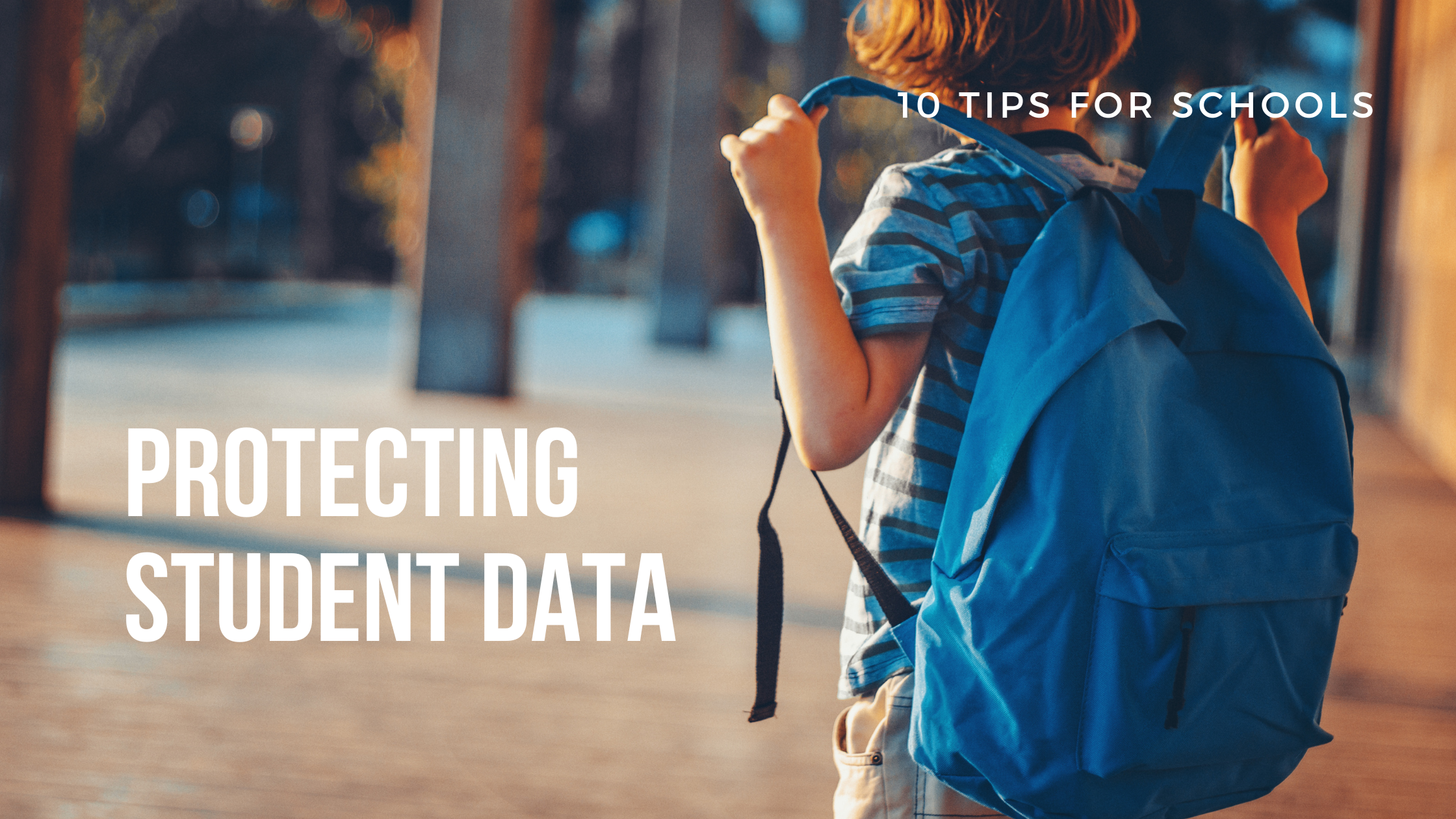Strengthening School Cybersecurity: Protecting Student Info

As we embrace a new school year, the safety and security of our students' information take on greater importance than ever before. With an increasing reliance on technology for education and administration, schools and teachers must prioritize cybersecurity practices to protect sensitive data from potential threats. In this blog, we'll explore proactive measures that schools can implement to keep their students' information safe and maintain a secure digital environment.
1. Conduct Cybersecurity Training for Staff
A robust cybersecurity practice starts with a well-informed staff. Organize regular training sessions for teachers and school staff to educate them about potential cyber threats, safe online practices, and how to recognize phishing attempts. This knowledge empowers staff to protect not only their own information but also that of their students.
2. Implement Strong Password Policies
Enforce strict password policies for all school-related accounts and systems. Require passwords to be unique, complex, and regularly updated. Utilize multi-factor authentication (MFA) whenever possible to add an extra layer of protection against unauthorized access.
3. Secure Data with Encryption
Ensure that all sensitive student information, including grades, medical records, and personal details, is encrypted. Encryption converts data into unreadable code, making it significantly harder for cybercriminals to access or decipher the information, even if they breach the system.
4. Regularly Update and Patch Software
Stay vigilant about updating software and applications on all devices used by the school. Regular updates often contain security patches that address vulnerabilities in the system, reducing the risk of exploitation by cyber attackers.
5. Back Up Data Frequently
Frequent data backups are crucial in the event of a cyber incident or hardware failure. Set up automated backups for all critical systems and ensure that the data is stored in a secure, off-site location.
6. Monitor Network Traffic
Employ robust network monitoring tools to keep an eye on incoming and outgoing traffic. Detecting unusual or suspicious activities promptly can help identify potential cyber threats and mitigate them before they escalate.
7. Restrict Access to Sensitive Information
Limit access to student information on a need-to-know basis. Only authorized personnel should have access to sensitive data, and their permissions should be regularly reviewed and updated as necessary.
8. Secure Remote Learning Environments
If the school supports remote learning, ensure that the virtual classroom platforms and collaboration tools used are secure and privacy-compliant. Train teachers and students on best practices for online safety during remote sessions.
9. Develop an Incident Response Plan
Prepare an incident response plan that outlines the steps to be taken in case of a cybersecurity breach. A well-structured plan can help minimize damage and speed up the recovery process.
10. Foster a Cybersecurity Culture
Promote a cybersecurity-conscious culture within the school community. Encourage students, teachers, and parents to report any suspicious activities promptly. Emphasize that cybersecurity is a shared responsibility.
As schools embrace the digital age, safeguarding student information must be a top priority. By implementing cybersecurity practices, such as conducting regular training, enforcing strong passwords, encrypting data, and developing incident response plans, educational institutions can significantly reduce the risk of cyber threats. By fostering a culture of cybersecurity awareness, schools can create a safe and secure digital environment for their students and staff, enabling them to focus on the joy of learning and teaching without compromising their privacy or safety. Let this school year mark a new chapter in strengthening our commitment to safeguarding our educational community's digital well-being.


